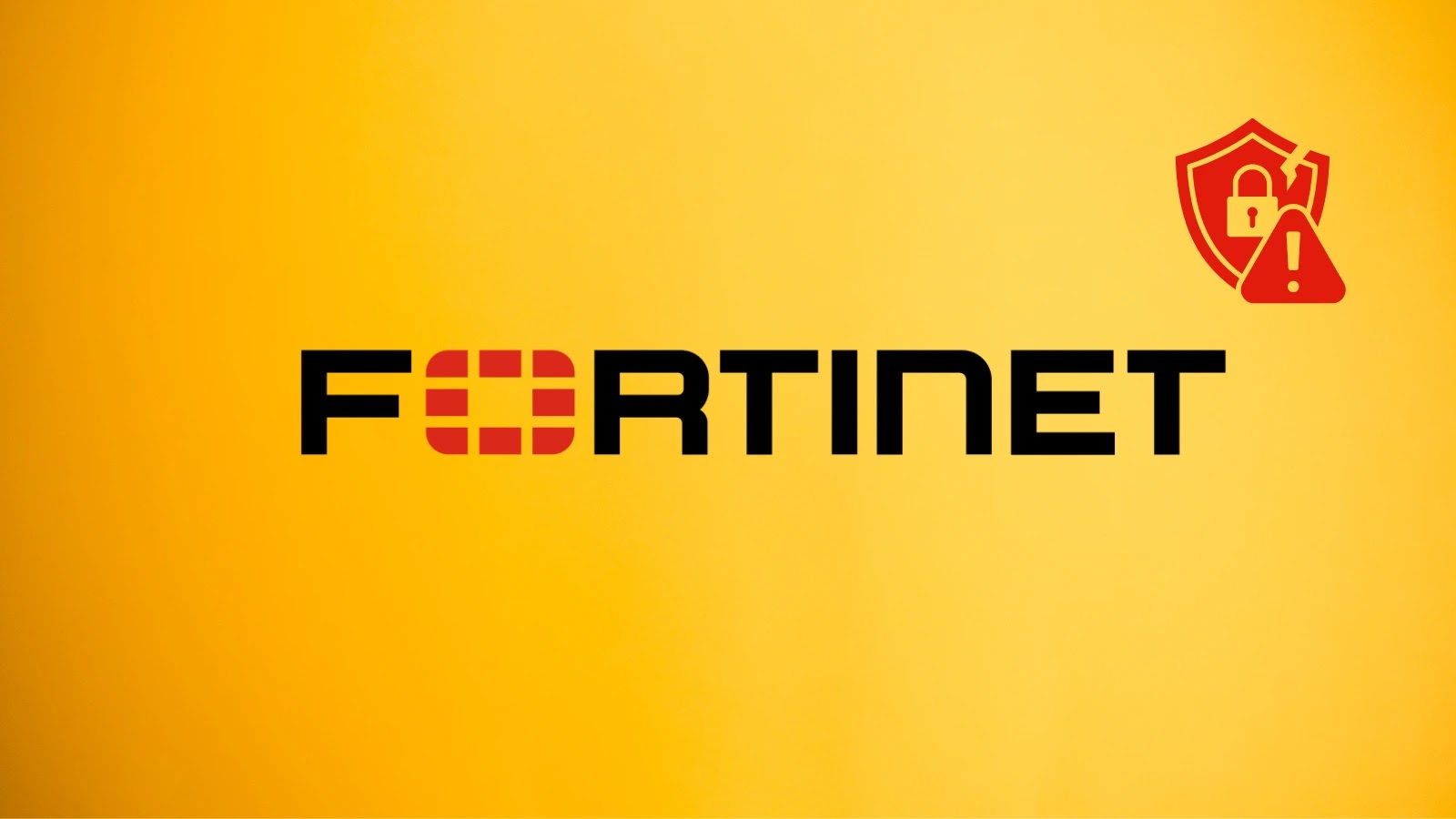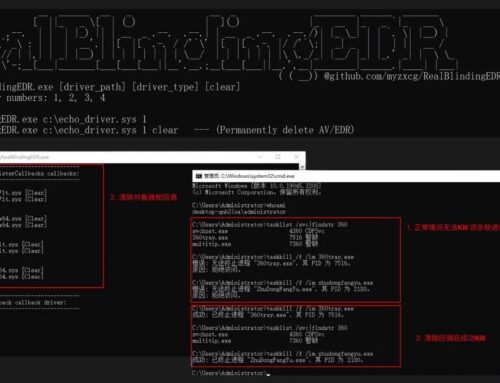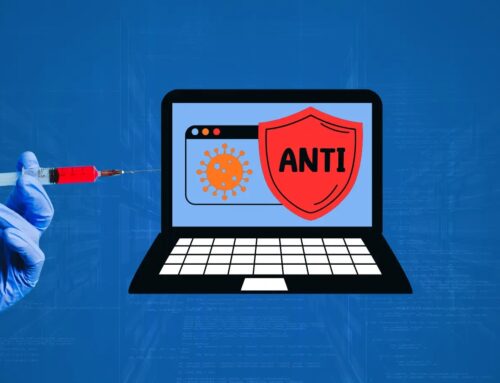
FortiOS, FortiProxy, and FortiPAM Auth Bypass Vulnerability Allows Attackers to Gain Full Control
A Critical Alert: Fortinet Authentication Bypass Puts Your Infrastructure at Risk
The digital perimeter of many organizations relies heavily on Fortinet’s robust suite of security products. However, a recently disclosed high-severity authentication bypass vulnerability, designated as CVE-2024-26009, is sending ripples of concern through the cybersecurity community. Affecting FortiOS, FortiProxy, and FortiPAM systems, this flaw carries a CVSS score of 7.9 and presents a significant threat: the potential for unauthenticated attackers to seize complete control of managed devices.
This post delves into the specifics of CVE-2024-26009, explaining its mechanism, impact, and, most importantly, the necessary steps to mitigate the risk and secure your Fortinet infrastructure.
Understanding CVE-2024-26009: The FortiGate-to-FortiManager (FGFM) Protocol Vulnerability
At the heart of CVE-2024-26009 lies a weakness in the FortiGate-to-FortiManager (FGFM) communication protocol. This protocol is fundamental for centralized management of FortiGate devices by FortiManager. The vulnerability allows an attacker to bypass authentication mechanisms within this critical communication channel. By exploiting this flaw, an unauthenticated adversary can gain unauthorized access and subsequently full control over the affected Fortinet systems.
The severity of this vulnerability stems from its authentication bypass nature. It means an attacker does not need legitimate credentials to initiate an attack. The ability to gain full control over a FortiGate, FortiProxy, or FortiPAM device could lead to a complete compromise of network security, data exfiltration, or the disruption of critical services.
Affected Fortinet Products and Their Functions
The vulnerability impacts a trio of crucial Fortinet products:
- FortiOS: The operating system that powers FortiGate next-generation firewalls. FortiGate devices are the cornerstone of network security for many organizations, providing features like intrusion prevention, VPN, and web filtering. A compromise here can lead to direct network access.
- FortiProxy: A secure web gateway solution providing advanced web filtering, virus protection, and data loss prevention. Control over FortiProxy could allow attackers to manipulate internet traffic, launch phishing campaigns, or intercept sensitive data.
- FortiPAM (Privileged Access Management): A solution designed to secure, manage, and monitor privileged access to critical systems and applications. This is perhaps the most concerning affected product, as a bypass here means an attacker could gain unfettered access to highly sensitive credentials and systems, leading to a catastrophic breach of the entire IT environment.
The Grave Implications of Full Control: Beyond Authentication Bypass
An authentication bypass is merely the entry point. The true danger of CVE-2024-26009 lies in the subsequent full control an attacker can achieve. This isn’t just about gaining illicit access; it’s about gaining the keys to the kingdom. Potential consequences include:
- Network Reconnaissance and Lateral Movement: Attackers can map out the internal network, identify valuable assets, and move deeper into the infrastructure.
- Data Exfiltration: Sensitive organizational data, intellectual property, and customer information can be stolen.
- Deployment of Malware: The compromised devices can be used as a launchpad for ransomware, cryptocurrency miners, or other malicious software.
- Disruption of Services: Attackers can alter configurations, disable security features, or even brick devices, leading to operational downtime.
- Espionage and Persistent Access: Establishing backdoors and maintaining a presence for long-term operations.
Remediation Actions: Securing Your Fortinet Environment
Given the severity of CVE-2024-26009, immediate action is paramount. Fortinet users must prioritize addressing this vulnerability to protect their networks.
- Immediate Patching: The most critical step is to apply the security patches released by Fortinet as soon as they become available. Keep a close watch on Fortinet’s official security advisories and support channels for patch releases. Prioritize patching devices that are publicly exposed or manage highly sensitive assets.
- Network Segmentation and Least Privilege: While patching is crucial, robust security practices act as a strong secondary defense. Ensure that your Fortinet devices are properly segmented within your network to limit the blast radius in case of a compromise. Implement the principle of least privilege for all administrative accounts.
- Monitor FGFM Traffic: Increase vigilance for any unusual or unauthorized communication over the FortiGate-to-FortiManager (FGFM) protocol. Implement logging and alerting for anomalous traffic patterns.
- Regular Security Audits: Conduct frequent security audits and penetration tests on your Fortinet infrastructure to identify and address potential weaknesses before attackers can exploit them.
Tools for Detection and Mitigation
While awaiting patches, or as part of a comprehensive security posture, several tools can assist in monitoring and analyzing your network for suspicious activity related to this vulnerability.
| Tool Name | Purpose | Link |
|---|---|---|
| FortiAnalyzer | Centralized logging, reporting, and analysis for Fortinet devices. Essential for monitoring FGFM traffic anomalies. | FortiAnalyzer |
| Network Intrusion Detection/Prevention Systems (NIDS/NIPS) | Detect and prevent suspicious network traffic patterns, including potential exploitation attempts. | Generic solutions (e.g., Snort, Suricata – check for Fortinet-specific rules) |
| Vulnerability Scanners | Identify unpatched systems and configuration weaknesses. | Nessus, Rapid7 InsightVM |
| Security Information and Event Management (SIEM) | Aggregate and analyze security logs from various sources, providing a holistic view of security events. | Splunk Enterprise Security, Elastic Security |
Key Takeaways for Fortinet Users
- CVE-2024-26009 is a high-severity authentication bypass vulnerability affecting FortiOS, FortiProxy, and FortiPAM.
- The flaw allows unauthenticated attackers to gain full control of managed devices by exploiting the FortiGate-to-FortiManager (FGFM) communication protocol.
- Immediate patching is the most critical mitigation step. Monitor Fortinet’s official channels for patch availability.
- Implement strong network segmentation, least privilege principles, and diligent monitoring of FGFM traffic.
- Regular security audits and the use of detection tools are vital components of a comprehensive security strategy.
Proactive defensive measures are essential. Stay informed, apply patches diligently, and consistently fortify your network’s defenses.





